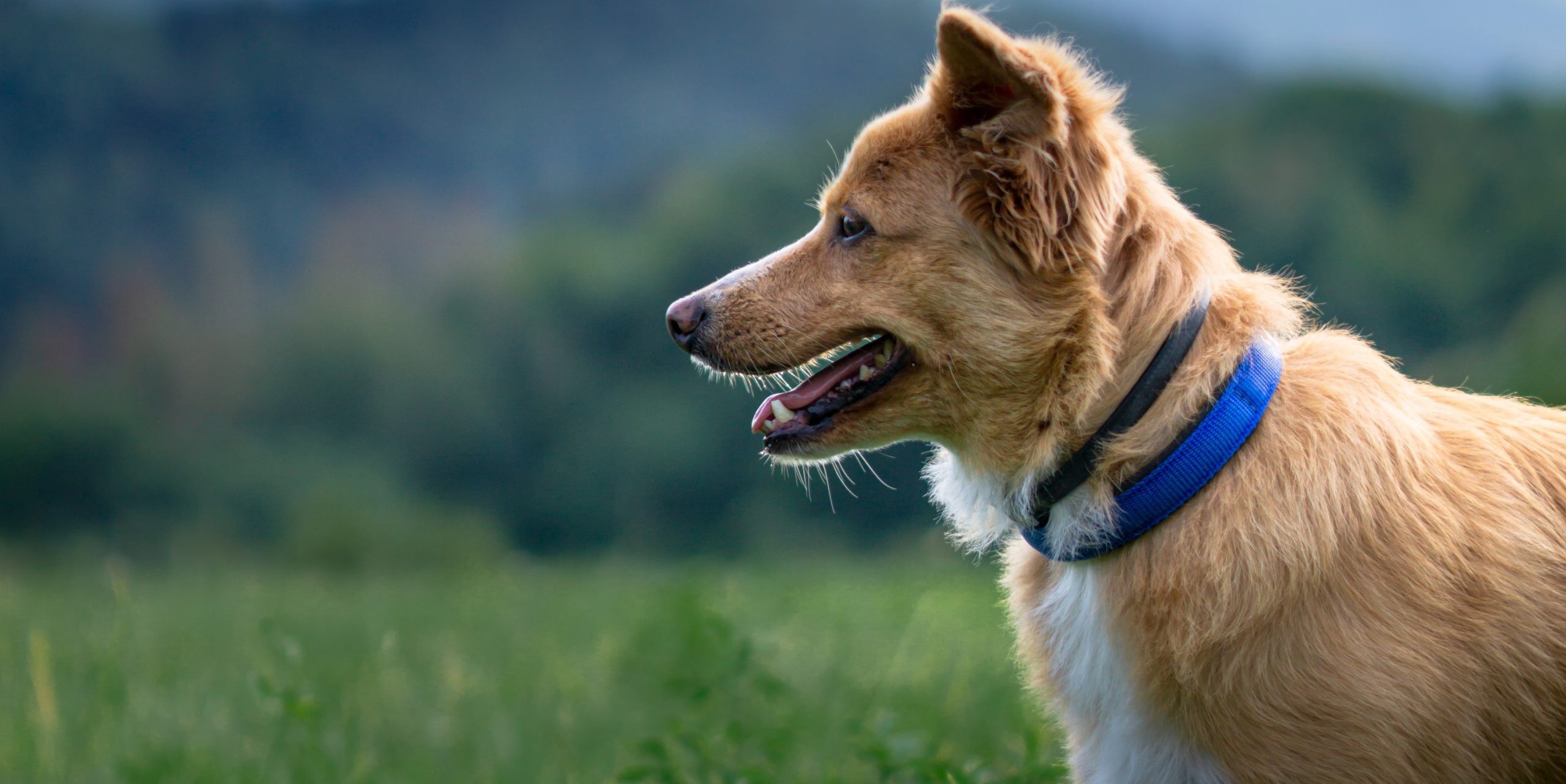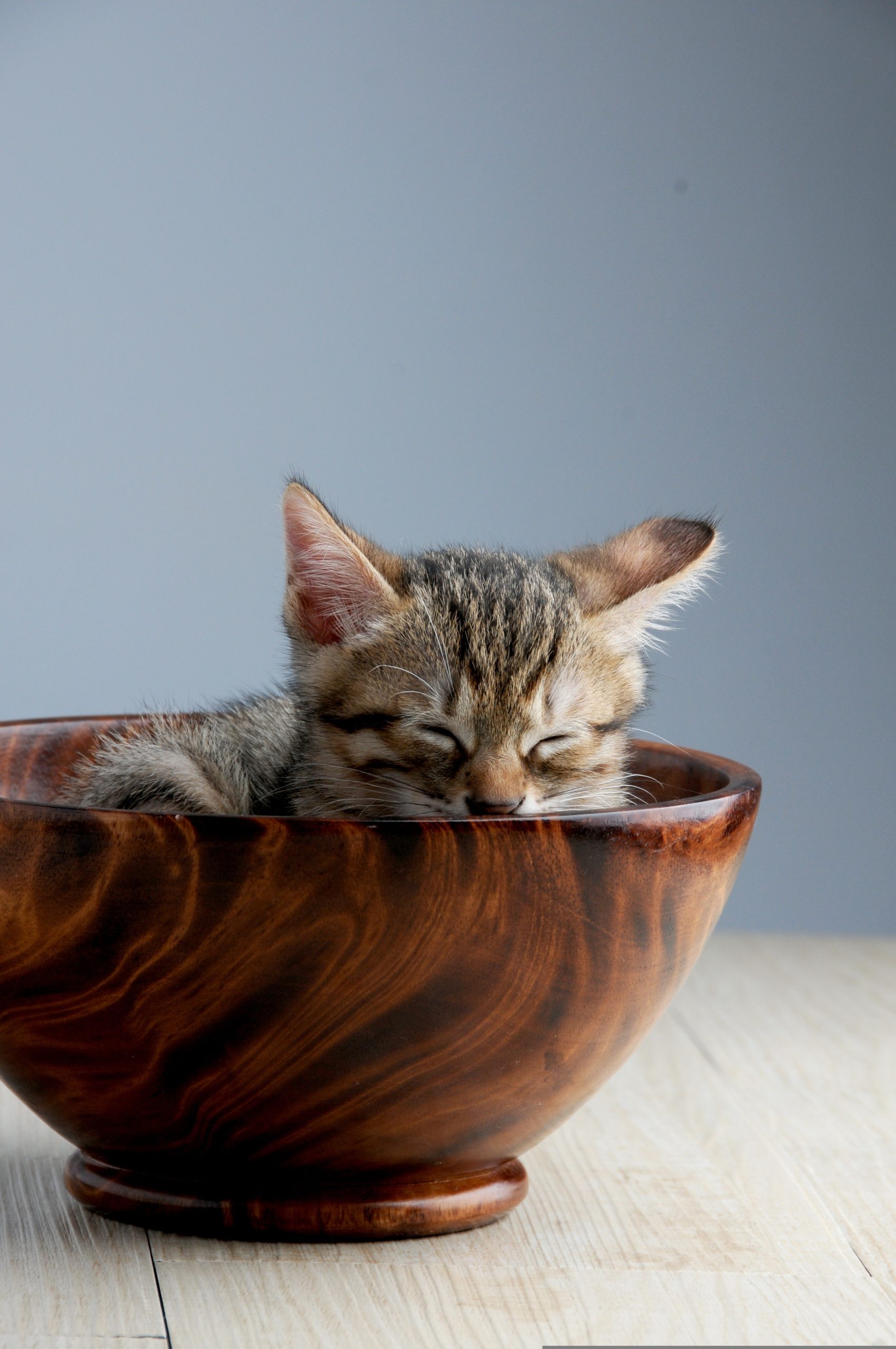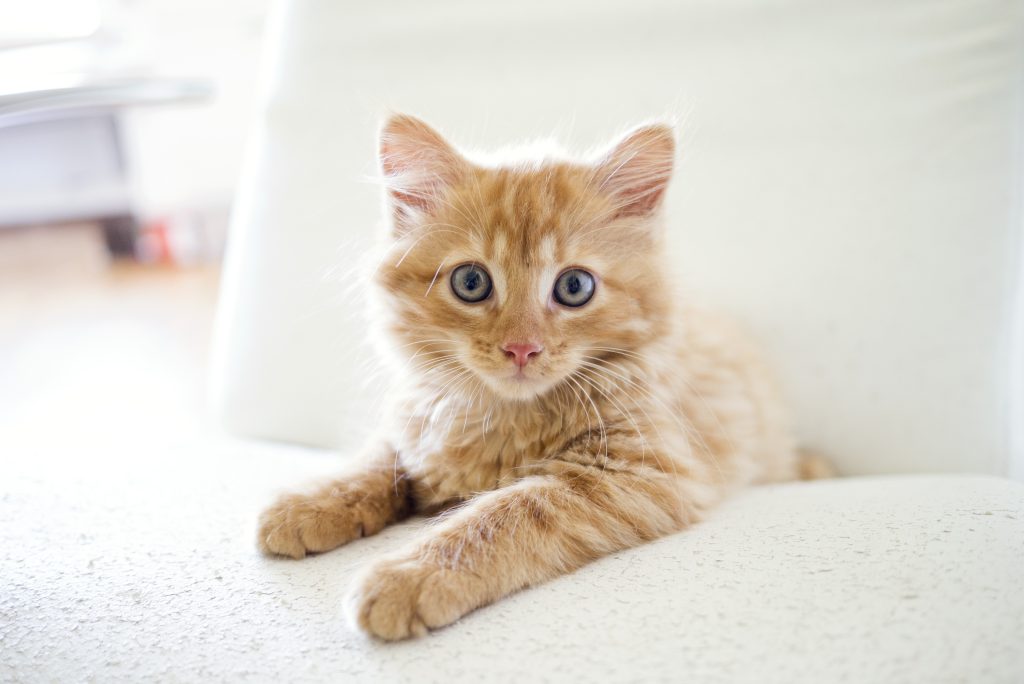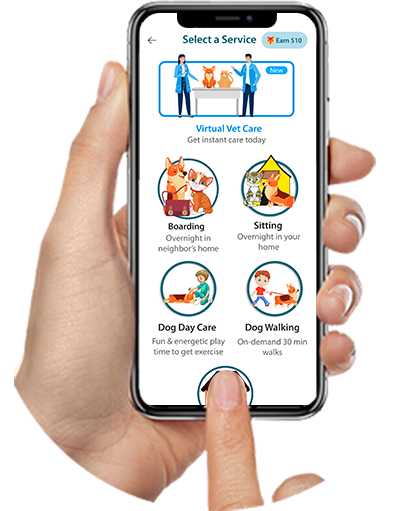Hereditary Conditions:
Certain breeds are predisposed to inherited eye diseases that can lead to blindness, a degenerative condition affecting the retina, is common in some breeds like Persians, and Siamese. Congenital cataracts, opacities in the eye’s lens present at birth, can also cause vision impairment in some breeds.
Trauma:
Physical injuries to the eye or head can result in blindness. Cats who roam outdoors are at higher risk of traumatic eye injuries from fights, falls, or encounters with objects or other animals.
Infections:
Viral, bacterial, or fungal infections can damage the eyes and lead to blindness. Feline herpesvirus, feline immunodeficiency virus (FIV), and feline infectious peritonitis (FIP) are some examples of infectious diseases that can affect eye health.
High Blood Pressure:
Hypertension can restrict blood flow to the eyes, leading to retinal detachment or optic nerve damage, both of which can result in vision loss.
Aging:
As cats age, they may develop degenerative eye conditions like nuclear sclerosis (clouding of the lens) or retinal degeneration, which can impair their vision or lead to blindness.
Preventive Measures for Blindness in Cats:
Regular Veterinary Check-ups: Routine wellness exams allow veterinarians to detect and address eye issues early, potentially preventing or slowing vision loss.
Genetic Testing: For breeds predisposed to hereditary eye conditions, genetic testing can help guide responsible breeding decisions and prevent the perpetuation of these conditions.
Proper Nutrition: A balanced, high-quality diet supports overall eye health and can help prevent certain vision problems.
Protecting Eyes from Trauma: Keeping cats indoors or providing a secure outdoor enclosure can prevent injury-related blindness caused by fights, falls, or encounters with objects or other animals.
Managing Underlying Conditions: Controlling diseases like diabetes and hypertension through appropriate treatment and monitoring can reduce the risk of vision loss associated with these conditions.
Nutrition Tips for Blind Cats
Maintain a Consistent Feeding Routine: Blind cats rely heavily on their other senses, especially smell and hearing. Establish a consistent feeding schedule and location to help them associate mealtimes with specific cues, such as the sound of a can opening or the scent of their food.
Use Elevated Bowls: Elevated bowls can make it easier for blind cats to locate their food and water sources. The raised height allows them to use their keen sense of smell to guide them to their meals.
Provide Wet Food: Wet or canned food has a stronger aroma than dry kibble, making it easier for blind cats to detect and locate their meals. The moisture content also helps keep them hydrated, which is essential for overall health.
Choose Foods with High-Quality Protein: Blind cats expend more energy navigating their environment and may benefit from a diet higher in protein to support their increased energy needs. High-quality animal-based proteins can also help maintain muscle mass and overall health.
Avoid Sudden Diet Changes: Sudden changes in diet can be stressful for any cat, but especially for blind cats who rely heavily on their sense of smell to identify their food. Gradually transition to a new diet if necessary, mixing the old and new foods together initially.
Provide Fresh Water: Ensure that your blind cat always has access to fresh, clean water. Consider using a water fountain or bowl with a distinct sound or scent to help them locate their water source easily.
While blindness can be a challenging condition for both cats and their owners, many blind cats can adapt and thrive with proper care, environmental modifications, and support from their owners. Early detection and management of underlying conditions are crucial in preventing or slowing vision loss. By understanding the causes, symptoms, and available treatment options, you can better advocate for your feline companion’s eye health and overall well-being.




 On demand visits for urgent issues 24/7
On demand visits for urgent issues 24/7 








